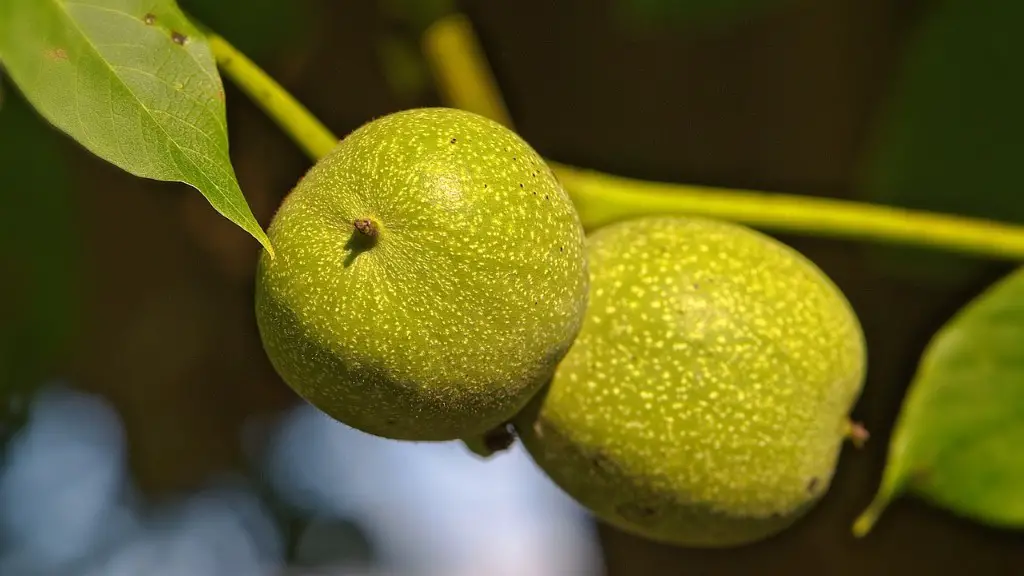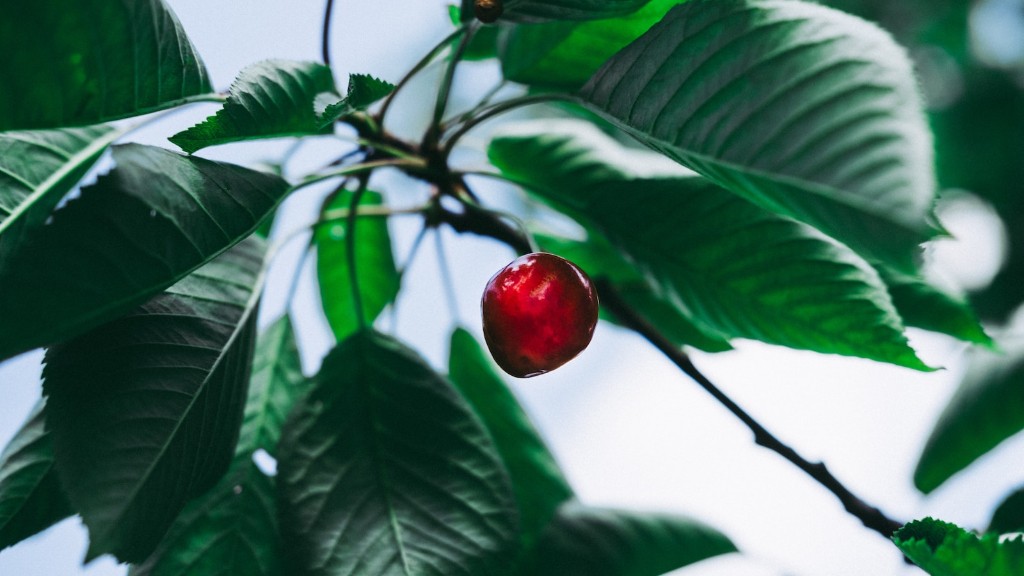Palm trees are one of the most popular and easily recognizable trees in the world. They are often grown in warm climates and used as ornamental plants. Many people don’t realize that you can actually grow a palm tree from seed.
If you live in a warm climate and have the proper conditions, growing a palm tree from seed is not difficult. The most important thing is to make sure you have a male and female palm tree. The female tree will have the flowers and the male tree will have the pollen. Once the flowers are pollinated, the female tree will produce fruits that contain the seeds.
The best time to plant the seeds is in the spring. You will need to plant them in a location that gets full sun and has well-drained soil. Water the seeds regularly and be patient; it can take several months for them to germinate. Once the seedlings are big enough, you can transplant them into larger pots or the ground.
With a little care and patience, you can grow your own palm tree from seed.
Yes, you can grow a palm tree from seed. You will need to start with a fresh seed, as older ones may not germinate. sow the seed in a pot filled with moist, well-draining potting mix. Place the pot in a warm spot and keep the mix moist. Once the seed germinates, transplant it into a larger pot or into the ground. Keep the palm tree in a warm, sunny location and water regularly.
How long does it take for a palm tree to grow from a seed?
Don’t worry if your palm tree seed looks a little ragged while you’re waiting for it to sprout. It’s not uncommon for palm seeds to shrivel and otherwise look dead before they sprout. Some palm trees will sprout in 70 days, while others, such as coconut palms, can take up to six months to sprout. So be patient and wait for your palm tree to sprout!
When germinating palm seeds, it is best to plant each seed in a small container, covering it thinly with soil or leaving it half buried. In nature, palm seeds are dispersed by the wind and animals and germinate on top of the soil rather than being buried in the soil to grow. Keep the pots in a warm, humid location.
How do you prepare palm tree seeds
Palm seeds should be planted fresh, with the fleshy pericarp soft and moist. The fleshy and fibrous pericarp should be removed by a water soak for several days to several weeks, changing the water daily. Once the pericarp is soft due to fermentation, it should be removed.
Some palm trees are monoecious, meaning they have both male and female flowers. These trees can produce viable seeds on their own. However, there are also dioecious palms, where both a male and female are needed in order to produce seeds.
Do you soak palm seeds before planting?
Most palm seeds require a soak in water to first soften (ferment) the fleshy fruit wall. The water should be changed each day if possible. This will help to prevent the growth of mold and bacteria.
If you want to grow your own palm trees from seed, it’s easy and fun. You’ll be rewarded with lots of small palms for the rest of your life. However, if you want to grow a large palm tree from seed, it will take some serious patience.
When should I harvest palm seeds?
Freshness is key when collecting seeds. The best time to collect them is when the fruit is starting to show some color or has just fallen from the tree. Don’t worry about collecting a large quantity – just focus on getting fresh seeds.
If you want to grow your own palm, you can either buy a small offshoot from a nursery or garden center, or germinate the seeds yourself. To germinate the seeds, you’ll need to plant them in a warm, sunny spot. Once they’ve sprouted, water them regularly and fertilize them every few weeks. With a little care, your palm will soon be a thriving addition to your garden!
How do I identify a palm tree seed
As palm tree seeds mature, they develop their native fruit color. The seeds inside the palm tree fruit also have a native color. Palm tree seed color is usually tan, brown, black or other earth tones. They are never as bright and colorful as the seeds of other trees.
We recommend 8-12 hours of soaking for your seeds, no more than 24 hours. If you soak for too long, the seeds will start to decompose. If you use very hot water, the soaking time will decrease. We’ve always liked to use warm water and start the soaking at bedtime, then plant first thing in the morning.
How do you start a palm tree from seed for Christmas?
I’d like to start by saying that the way I germinate is always using a bag. And this works great, you can put your seeds in there with some moist paper towels and they will usually germinate within a week. But, every now and again, I will have a seed that just doesn’t want to germinate. I have had great success with the following method:
Take a shot glass and fill it with warm water. Put your seed in the water and let it soak for 24 hours. After that, remove the seed and put it in your germination bag. Check on it daily and, more often than not, you will see it germinate within a few days.
I have found this method to be foolproof and it has helped me to get even the most obstinate seeds to germinate. Give it a try next time you have a seed that just doesn’t want to cooperate!
All parts of the sago palm are poisonous to both animals and humans. The seeds (nuts) are the most toxic part of the plant and are easily consumed by animals. Even a small amount of the plant can cause serious effects.
How can you tell if a palm tree is male or female
Female date palms are conventionally distinguished from the male trees only when they begin to produce fruit around the age of five Joel A Malek. This is because sex determination systems in plants are much more varied than in animals. For example, in animals, sex is determined by chromosomes (XX for female, XY for male), but in plants, sex can be determined by environmental factors, like temperature or the presence of certain chemicals. Therefore, it’s not always easy to tell the difference between male and female plants.
When a palm tree is cut or otherwise wounded, the injury will remain with the tree for the rest of its life. This is because palm trees lack cambium, which is a layer of tissue behind the tree bark that creates the growth rings in the tree. Without cambium, the tree cannot repair itself, meaning any wounds inflicted will be permanent.
Will a palm tree grow if you cut the top off?
This is because palm trees rely on their leaves for energy. When the leaves are cut off, the tree can no longer produce the energy it needs to survive.
If you plan on germinating seeds, soaking them before planting can improve your chances of success and speed up the process. Soaking the seeds helps to soften the seed coat, which can allow for better water absorption and promote germination. When done correctly, soaking the seeds can make a big difference in the number of seeds that germinate.
Final Words
Yes. You can grow a palm tree from seed.
Yes, you can grow a palm tree from seed. Palm trees are relatively easy to grow from seed, and they are a popular choice for many people who want to grow their own tree. There are a few things to keep in mind when growing palm trees from seed, such as making sure the seed is fresh and planting it in a well-draining pot. With a little care and patience, you can successfully grow a palm tree from seed.



